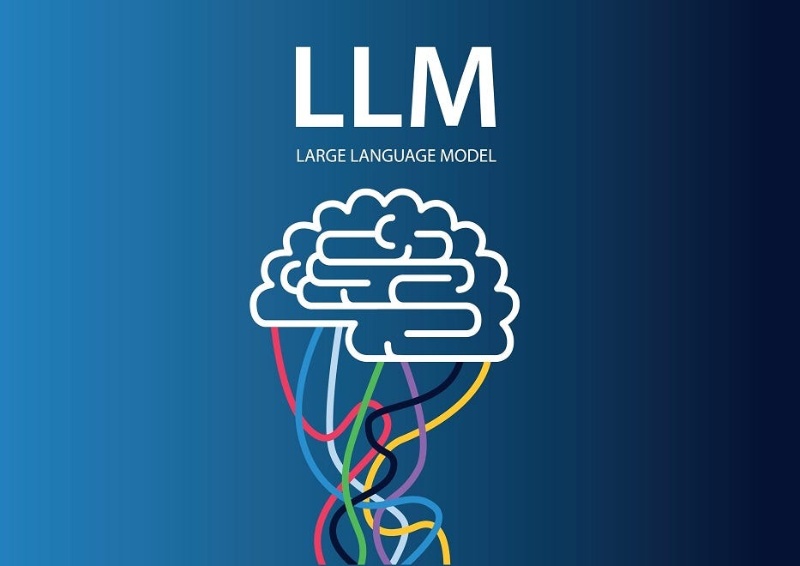1. Introduction: The Power (and Necessity) of Custom LLM Training
Large Language Models (LLMs) like GPT-4 or Llama 3 showcase remarkable general knowledge, but their true potential unlocks when trained on your unique data. Whether you’re building a medical diagnosis assistant, a legal contract analyzer, or a brand-specific customer service bot, training an LLM on proprietary data transforms generic intelligence into specialized expertise. While foundation models rely on vast public datasets (“where do LLMs get their data?” – often web crawls and open repositories), your competitive edge lies in models fine-tuned with domain-specific LLM data: internal documents, customer interactions, or industry research.
However, training LLMs on custom datasets (“LLM training data”) demands immense computational power. Processing terabytes of text, running complex algorithms for weeks, and managing distributed workloads requires robust infrastructure – a hurdle that stalls many AI initiatives before they begin.
2. The Core Challenge: GPU Demands of Custom LLM Training
Training an LLM isn’t like training a simple classifier. It’s a marathon requiring:
- Massive VRAM: Storing billion-parameter models needs high-memory GPUs (e.g., NVIDIA H100: 80GB VRAM).
- Parallel Processing: Distributing workloads across multiple GPUs (H100, A100, etc.) for feasible training times.
- Weeks-Long Runtime: Iterating on large “LLM training data” sets takes days or weeks.
This creates critical bottlenecks:
- Cost Prohibitive: Idle or underutilized NVIDIA H100/H200/A100/RTX 4090 GPUs drain budgets. Cloud bills spiral with inefficient scaling.
- Operational Complexity: Orchestrating multi-GPU clusters for distributed training (“how to train an LLM on your own data”) requires rare DevOps expertise.
- Slow Iteration: Low GPU utilization extends training cycles, delaying model deployment.
- Scalability Issues: Acquiring/expanding GPU resources for growing “LLM data” volumes is cumbersome.
- Stability Risks: A single crash after days of training wastes resources and time.
*Example: Training a 13B-parameter model on 50GB of proprietary data could cost $200k+ on public cloud with suboptimal GPU utilization.*
3. Introducing WhaleFlux: Your Engine for Efficient Custom LLM Training
This is where WhaleFlux transforms your custom training journey. WhaleFlux is an intelligent GPU resource management platform designed for AI enterprises tackling demanding workloads. It eliminates infrastructure friction so your team focuses on data and models – not hardware.
Why WhaleFlux is the Solution for Custom LLM Training:
- Maximized GPU Utilization: Reduce idle time by 60%+ across NVIDIA fleets (H100, H200, A100, RTX 4090), slashing training costs.
- Accelerated Training: Optimize resource allocation to cut training times by 3–5× using dynamic orchestration.
- Simplified Management: Automate multi-GPU cluster setup, monitoring, and scaling – no PhD in distributed systems needed.
- Unmatched Stability: Achieve 99.9% uptime for week-long jobs with failover protection.
- Flexible Access: Rent or buy dedicated H100/H200 (for speed) or A100/RTX 4090 (for cost-efficiency) clusters monthly – no hourly billing surprises.
- Predictable Budgeting: Flat monthly pricing ensures financial control.
4. Optimizing Your Custom Training Pipeline with WhaleFlux
Integrate WhaleFlux to streamline every stage:
- Dedicated GPU Power:
NVIDIA H100/H200: Ideal for fastest training of large models on huge LLM data.
NVIDIA A100/RTX 4090: Cost-efficient for mid-sized models or iterative experiments.
- Intelligent Orchestration:
WhaleFlux dynamically allocates resources across GPUs during training. Maximize throughput when processing “LLM training data” – no manual tuning.
- Cost Efficiency:
Achieve ~55% lower cost per experiment via optimized utilization.
- Seamless Scalability:
Start small (e.g., 4x RTX 4090), then scale to 32x H100 clusters monthly as your “LLM data”grows.
- Focus on What Matters:
Free engineers to refine data quality (“where do LLMs get their data? Yours!”) and model architecture – not debug GPU drivers.
*Case Study: A fintech startup reduced Llama 3 fine-tuning costs by 48% and accelerated iterations by 4× using WhaleFlux-managed H100 clusters.*
5. Getting Started: Train Your Specialized LLM
Generic LLMs can’t capture your unique insights. Training on proprietary LLM data is essential for competitive AI – but GPU bottlenecks shouldn’t derail your ambitions. WhaleFlux removes these barriers, making custom LLM training faster, cheaper, and operationally simple.

